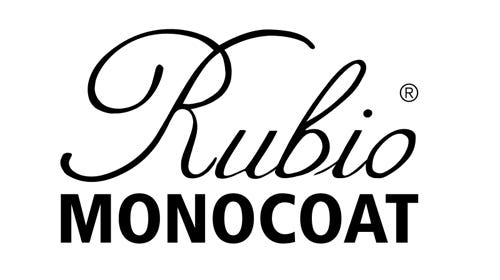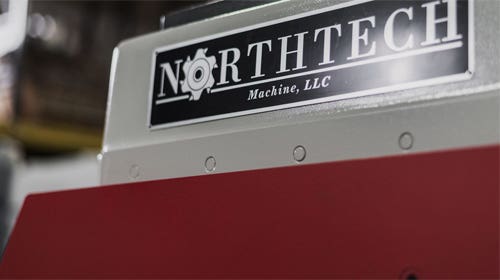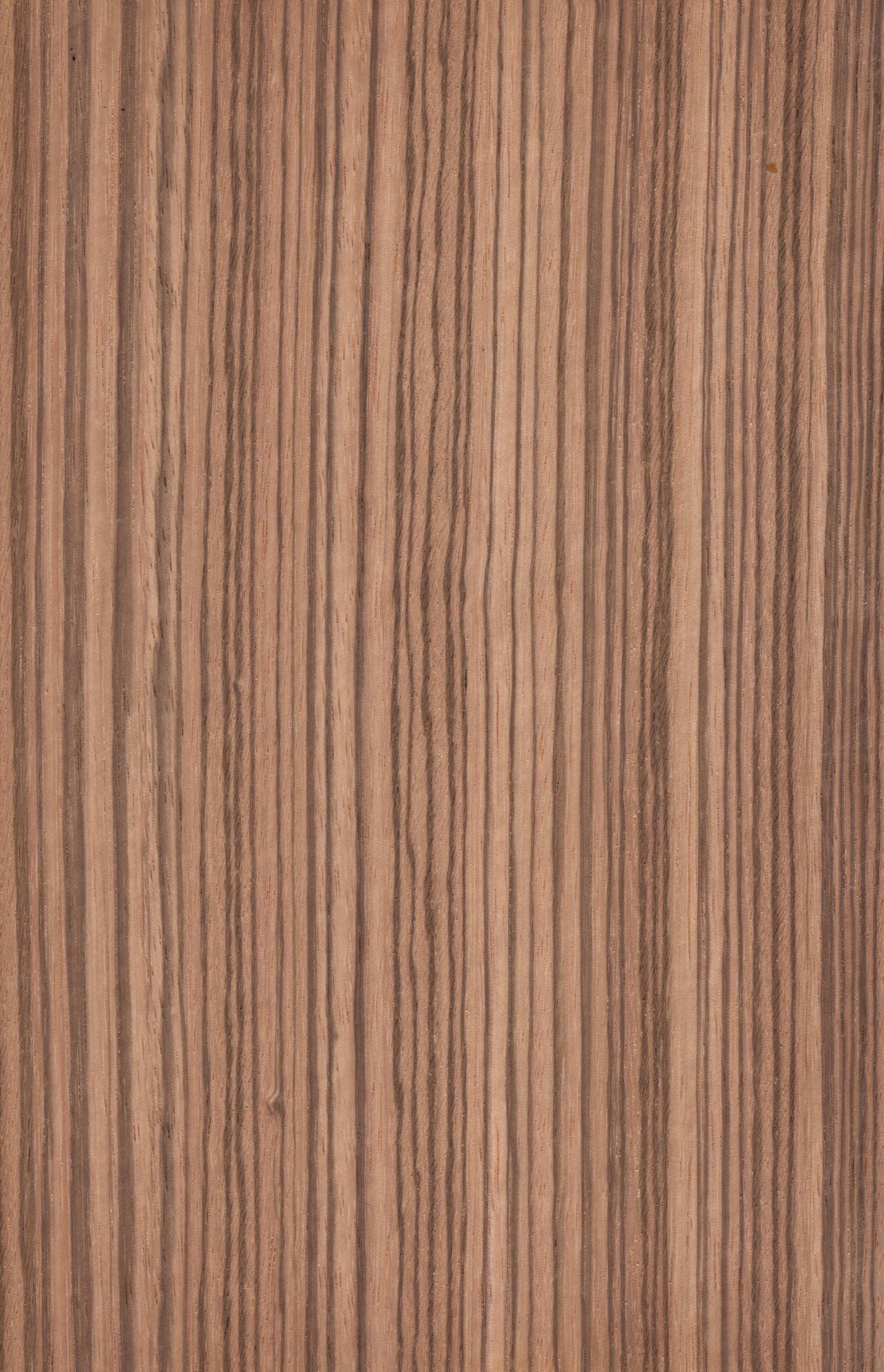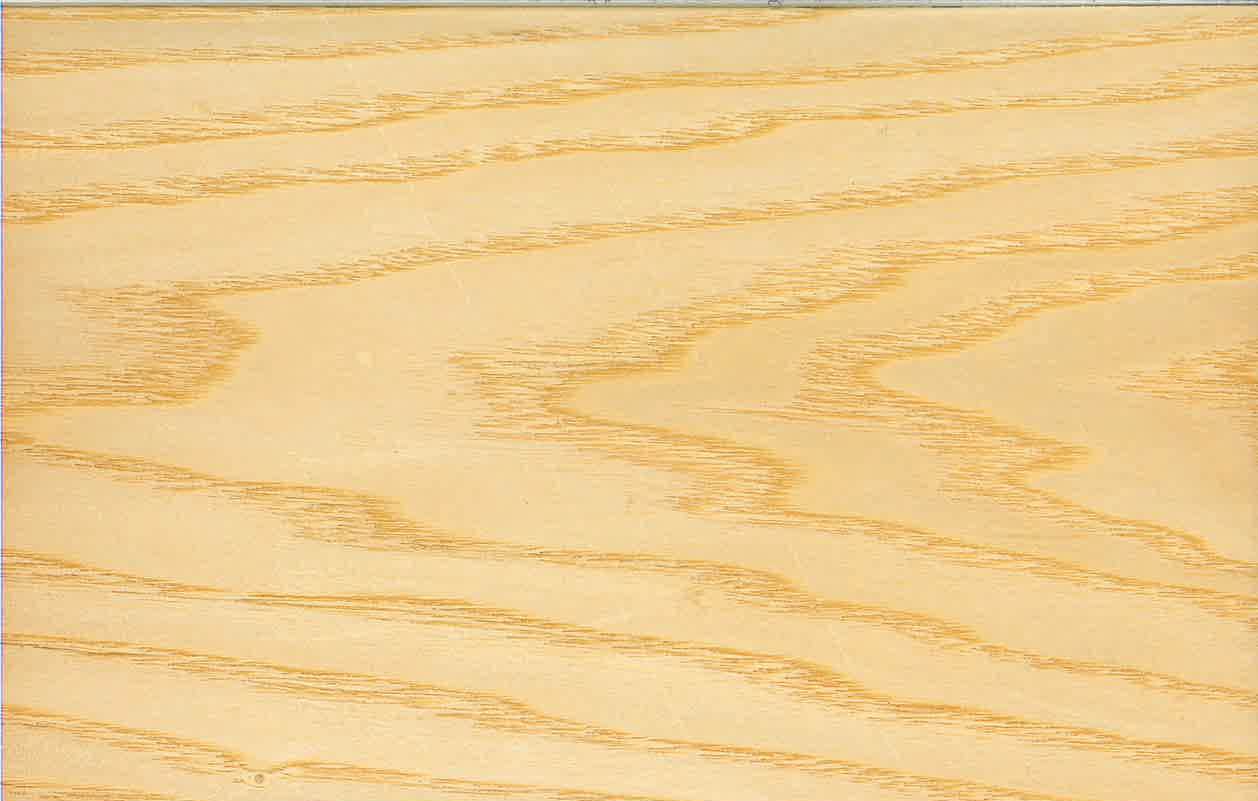Northern red oak goes south quickly
It’s no secret that wood prices are based on supply and demand. And during the last several years, there probably isn’t a better example of that principle than red oak….
It's no secret that wood prices are based on supply and demand. And during the last several years, there probably isn't a better example of that principle than red oak.
{loadposition position10}
Four or five years ago, it was the dominant domestic seller for cabinetry, flooring and other woodworking projects. Then mills overcut red oak, the economy went sour and, all of a sudden, there was a severe glut of the wood on the market. Prices plummeted and demand waned. Some mills stopped cutting red oak because there was a shrinking profit margin and others simply went out of business. Red oak made a slight comeback, but it is a mere shadow of what it was just a few years ago.
"I still get a sense that people are almost burned out with it," says Dave Harris, owner of Parkerville Wood Products in Manchester, Conn. "I think it was so common 20 to 25 years ago; flooring, cabinets - everything was red oak. I don't think it has really come back. We sell a little bit of it, but it is one of the least expensive hardwoods now. The price is down and I think a large part of it is the demand. I think people are looking at a lot of different things. I think we do more white oak than red."
Northern red oak (Quercus rubra), also known as Eastern oak is plentiful and grows in the Eastern half of the United States and Canada. Trees are smaller than white oak (Quercus alba), reaching heights up to 70' with tree diameters around 3', depending on growing conditions. The tree's fruit is an acorn and mature trees can produce up to 1,000 acorns a year.
"As far as our consumers, demand is down and, of course, the price for us dropped quite a bit this year," says Hilton Peel Jr., owner of The Hardwood Store of North Carolina in Gibsonville, N.C. "It's not down as low as it was last year. It was down to $1,500/mbf or less than that. For some reason, we're selling soft maple; it's going out the door like hotcakes. Yet, normally red oak is our No. 1 seller. [In 2010] we have sold 35,700 bf of red oak, 36,900 bf of soft maple and 46,800 bf of poplar."
Red oak is used primarily for cabinetry, interior trim, furniture and decorative veneer and plywood. Lower grades of red oak are used extensively for flooring because of its high crushing strength and resistance to shock. It is a good steam-bending wood and once red oak's open pores are filled, it sands to a clean surface and takes finish applications very well. The wood works fine with hand and machine tools, although it may chip when planing when the grain curves toward the edge. Red oak is heavy (specific gravity of .60) and pre-boring is recommended.
"Oak represented the '80s," says Jan Neilsen, owner of West Wind Hardwood Inc. in Sidney, British Columbia. "Now when you see a house with red oak in it, it's just like when you see a house with Philippine mahogany ribbon grain in it. That house was from the '50s. Certainly commercially wise, business-wise, people don't buy it. It's mostly the hobby woodworkers ... and they go with it because they don't know any better."
"It hasn't come back to the way it was years ago. It came back a little bit, but now it's just been dying out slowly," Harris says. "They're still using it for flooring because the price is really good. But now there are just so many other nice woods to choose from."
Retail prices for 100 bf of kiln-dried 4/4 FAS red oak, surfaced on two sides, ranged from $2.95 to $3.45/bf in the Northeast; $2.40 to $3.10/bf in the South; $2.95 to $3.21/bf in the Midwest; and $3.25 to $3.65/bf in the West.
Wholesale prices for 1,000 bf of kiln-dried 4/4 FAS red oak ranged from $2,600 to $3,000/mbf in the Northeast; $2,100 to $2,650/mbf in the Southeast; $2,675 to $2,900/mbf in the Midwest; and $3,050 to $3,250/mbf in the West.
This article originally appeared in the February 2011 issue.







